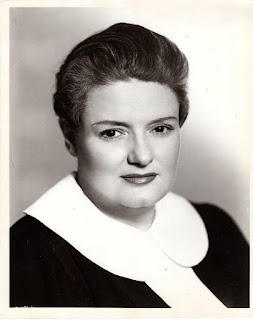Objectivity is defined by the Merriam-Webster Dictionary as “The quality or character of being objective: lack of favoritism toward one side or another: freedom from bias.”
The objectivity standard in journalism refers to the practice of reporting the news in a fair, impartial, and neutral manner, without favoring any particular individual, group, or point of view. The goal of objectivity is to provide the audience with accurate and unbiased information that enables them to form their own opinions and make informed decisions.
There are several key principles that journalists follow to maintain objectivity in their reporting, and these principles allow for accurate, balanced, and transparent work.
Journalists strive to present the facts as they are, without distortion, exaggeration, or manipulation. Journalists also seek to provide balanced coverage by presenting all sides of an issue or story, giving equal weight to all relevant perspectives.
Finally, journalists aim to maintain their independence from outside influences and sources and disclose any potential conflicts of interest, biases, or sources of funding that may influence their reporting. These key components allow for accurate and honest representation and coverage.
Objectivity has been an issue in journalism for a long time. For this reason, many have tried to take a stand against bias and instead toward truth.
For example, The Society of Professional Journalists established a code of ethics that calls for journalists to “seek truth and report it.” This encourages journalists to be fair and accurate when gathering, interpreting, and reporting information.
In addition, the Federal Communications Commission enacted the Fairness Doctrine which attempted to ensure that all broadcast coverage was balanced and fair. This policy lasted around 50 years until the 1980s when it was dismissed.
Lastly, multiple journalists, broadcasters, and even public officials have condemned the lack of objectivity in the media. One example is when President Nixon’s VP Spiro Agnew specifically called out The NY Times and The Washington Post by saying “The time for blind acceptance of their opinions has passed, and the time for naïve belief in their neutrality is gone.”













